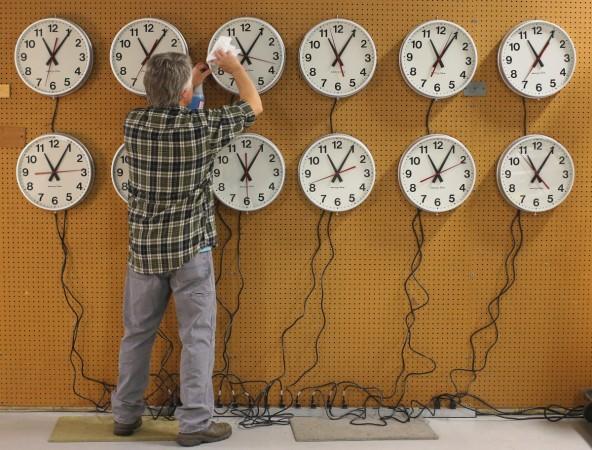
At 2.00 am on Sunday, many clocks across the world went back an hour for the end of daylight saving time. This daylight saving time, which was first implemented by Germany and Austria-Hungary on 30 April 1916, turns out, has more adverse effects than benefits.
The shift in time, does not just interfere with your brunch plans, but can also have a large impact on one's body clock and overall health and can cost us in low productivity.
The first and most obvious impact daylight saving has, is on sleep patterns, making people restless at night and drowsy during the day, which in turn results in lack of productivity. According to a report published by the American Psychological Association, the shift to Daylight Saving Time directly results in a dramatic increase in cyberloafing behaviour on a national level. Cyberloafing is the practise of surfing through the computer instead of working.
According to a study conducted by the University of Alabama at Birmingham in 2012, the couple of days that follow after moving the clocks forward in spring is associated with a 10% increase in the risk of having a heart attack. In "Heart attacks rise following daylight saving time", University of Alabama at Birmingham Associate Professor Martin Young revealed that "Sleep deprivation, the body's circadian clock and immune responses all can come into play when considering reasons that changing the time by an hour can be detrimental to someone's health."
Daylight saving was also named as the cause of increasing suicide attempts by a study published in Sleep and Biological Rhythms. "Small shifts in diurnal rhythms are associated with an increase in suicide: The effect of daylight saving" claimed that male suicide rates rose during the weeks following the commencement of daylight saving, compared to the weeks following the return to eastern standard time and for the rest of the year.
Another study, "The effects of daylight and daylight saving time on US pedestrian fatalities and motor vehicle occupant fatalities", claimed that daylight saving time (DST) impacts the pedestrian and motor vehicle fatalities. Their studies reveal that if daylight saving were to be followed year round, pedestrian fatalities would be reduced by 171 per year.
Altering time also has a direct impact on sunlight exposure and while sunlight triggers Vitamin D synthesis in the skin, overexposure could lead to skin cancer.
Many also argue that the act of changing clocks twice a year is economically and socially disruptive and cancels out any benefit.















